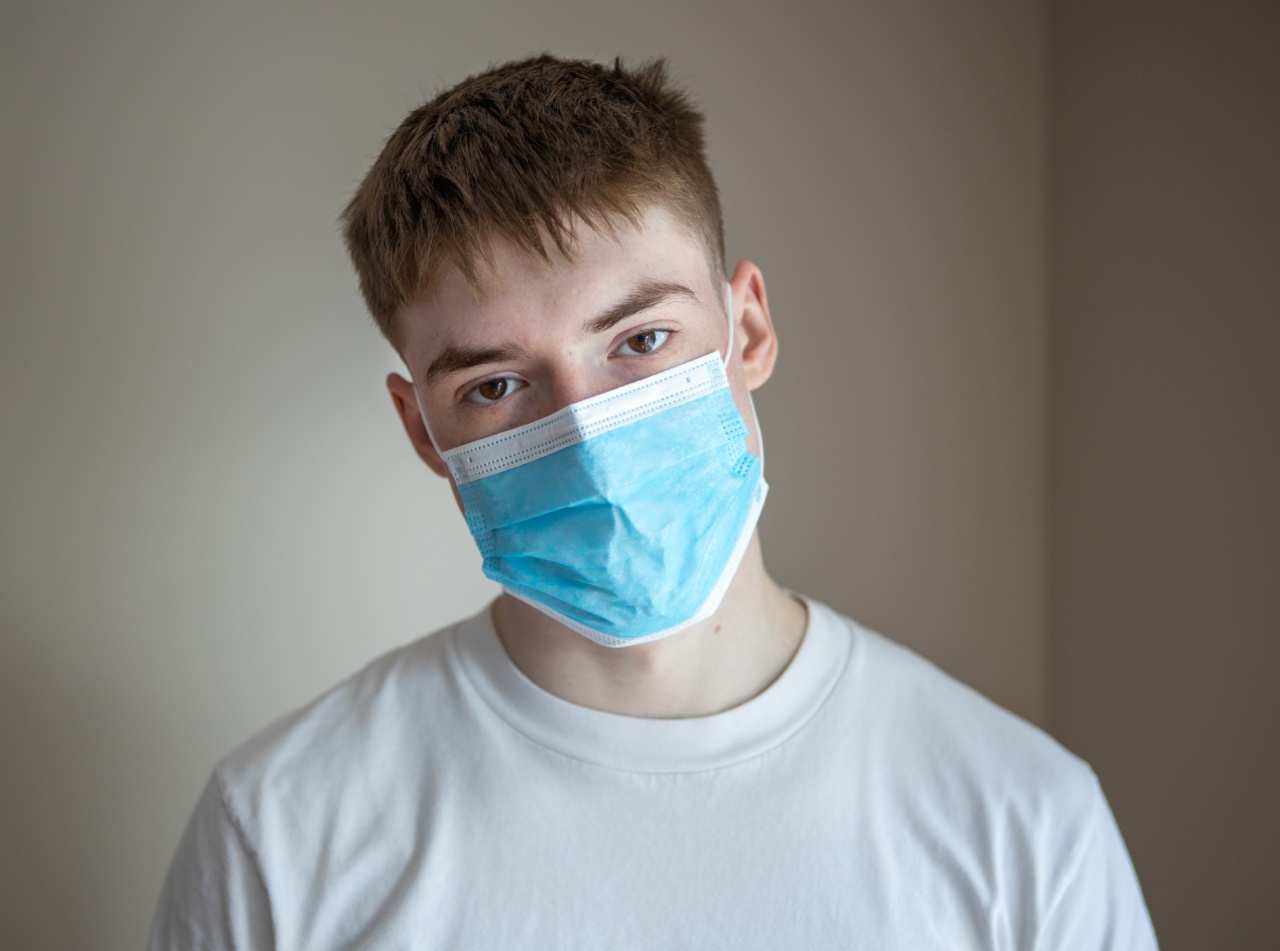Vaginal yeast infections are common among women and can cause discomfort, itching, and irritation in the vaginal area. It is important to be able to recognize the signs and symptoms of a yeast infection in order to seek appropriate treatment.
In this article, we will discuss what to look out for when it comes to vaginal yeast infections and how to manage them effectively.
What is a Vaginal Yeast Infection?
A vaginal yeast infection, also known as vulvovaginal candidiasis, is a common fungal infection that affects the vagina and vulva. It is caused by an overgrowth of the fungus called Candida, specifically Candida albicans.
Yeast infections can occur in women of all ages, but they are more common during the reproductive years.
Signs and Symptoms
When it comes to vaginal yeast infections, there are several signs and symptoms to look out for. These may vary from person to person, but the most common ones include:.
-
Itching and Irritation
One of the most common symptoms of a vaginal yeast infection is itching and irritation in the vaginal area. This itching can be intense and may lead to discomfort and even pain.
-
Burning Sensation
Some women may experience a burning sensation while urinating or during sexual intercourse. This can be a result of the inflammation caused by the yeast infection.
-
Abnormal Discharge
A thick, white, and clumpy discharge that resembles cottage cheese is another typical symptom of a yeast infection. The discharge may have a strong odor and can often be accompanied by swelling and redness.
-
Soreness and Redness
The vulva and surrounding skin may become sore and red due to the inflammation caused by the yeast infection. This can contribute to the discomfort that women experience.
-
Rash and Lesions
In severe cases, a yeast infection can lead to the development of a rash or lesions on the vulva and labia. These may be accompanied by intense itching and can be very uncomfortable.
-
Pain and Discomfort
Some women may experience pain and discomfort in the vaginal area, especially during urination or sexual intercourse. This can interfere with daily activities and impact overall quality of life.
Causes and Risk Factors
Vaginal yeast infections can be caused by several factors, including:.
-
Candida Overgrowth
A yeast infection occurs when there is an overgrowth of Candida in the vagina. Candida is naturally present in the vagina, but an overgrowth can disrupt the delicate balance of microorganisms and lead to an infection.
-
Antibiotics
The use of antibiotics can kill off the good bacteria in the vagina that help keep Candida in check. This disruption of the vaginal flora can make it easier for Candida to overgrow and cause an infection.
-
Pregnancy
During pregnancy, hormonal changes can alter the vaginal environment and make it more susceptible to yeast infections. Additionally, high blood sugar levels in pregnant women can provide a favorable environment for Candida overgrowth.
-
Uncontrolled Diabetes
People with uncontrolled diabetes are at a higher risk of developing recurrent yeast infections. The high sugar levels in the blood and urine create an ideal environment for the growth of Candida.
-
Weak Immune System
A weakened immune system can make it difficult for the body to fight off infections, including yeast infections. Certain conditions, such as HIV/AIDS or autoimmune disorders, can compromise the immune system.
Treatment and Prevention
If you suspect you have a vaginal yeast infection, it is important to consult with your healthcare provider for an accurate diagnosis. They may perform a pelvic examination and take a sample of the vaginal discharge for laboratory testing.
Treatment for vaginal yeast infections often involves the use of antifungal medications. These can be in the form of creams, suppositories, or oral tablets, depending on the severity of the infection.
It is important to follow the prescribed treatment regimen and complete the full course of medication, even if symptoms improve.
Aside from treatment, there are preventative measures that can help reduce the risk of yeast infections. These include:.
-
Maintain Proper Hygiene
Keep the vaginal area clean and dry. Avoid the use of scented soaps, bubble baths, and feminine hygiene products that can disrupt the natural pH balance of the vagina.
-
Wear Breathable Underwear
Choose underwear made of cotton or other breathable materials that allow air circulation. Avoid tight-fitting pants and synthetic materials that can trap moisture and promote yeast growth.
-
Avoid Douching
Douching can disrupt the natural balance of the vagina and increase the risk of infections. It is best to avoid douching altogether.
-
Limit Antibiotic Use
If possible, limit the use of antibiotics to only when necessary. Talk to your healthcare provider about alternative treatment options or probiotics that can help maintain a healthy vaginal flora.
-
Manage Blood Sugar Levels
If you have diabetes, it is important to keep your blood sugar levels under control. Monitor your blood sugar regularly and follow your healthcare provider’s recommendations for managing your condition.
When to Seek Medical Attention
While vaginal yeast infections are generally harmless, there are instances when medical attention is necessary. It is important to seek prompt medical care if:.
- You are experiencing recurring yeast infections (more than four per year)
- Your symptoms are severe or worsening
- You are pregnant
- You have uncontrolled diabetes
- You have a weakened immune system
- Your symptoms do not improve after treatment
Your healthcare provider can help determine the underlying cause of your recurrent or persistent infections and recommend appropriate treatment options.






























